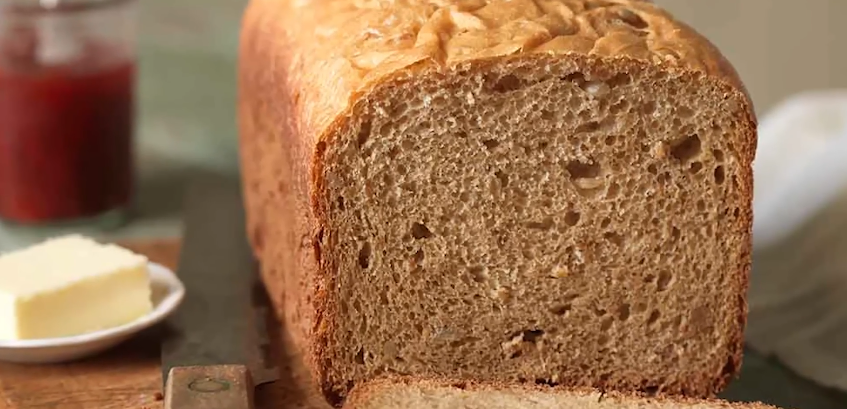Cooking fish can be a delicate yet rewarding process, especially when you’re aiming for that perfect “hot fish” dish. A dish of hot fish is known for its intense flavors, tender texture, and aromatic appeal. From grilling to frying and steaming, there are various methods to achieve this savory delight. Whether you’re a home cook or a seafood lover, this article will walk you through the process of cooking hot fish to perfection.
What is Hot Fish?
Before we dive into the cooking techniques, let’s clarify what hot fish means. Hot fish typically refers to fish cooked at high temperatures or served with a hot, spicy flavor profile. It’s a dish loved across various cultures, from spicy fried fish in Southern cooking to Asian steamed fish with a zesty chili sauce. The “hot” aspect can refer to both the temperature and the spice level.
3 Steps to Cooking Hot Fish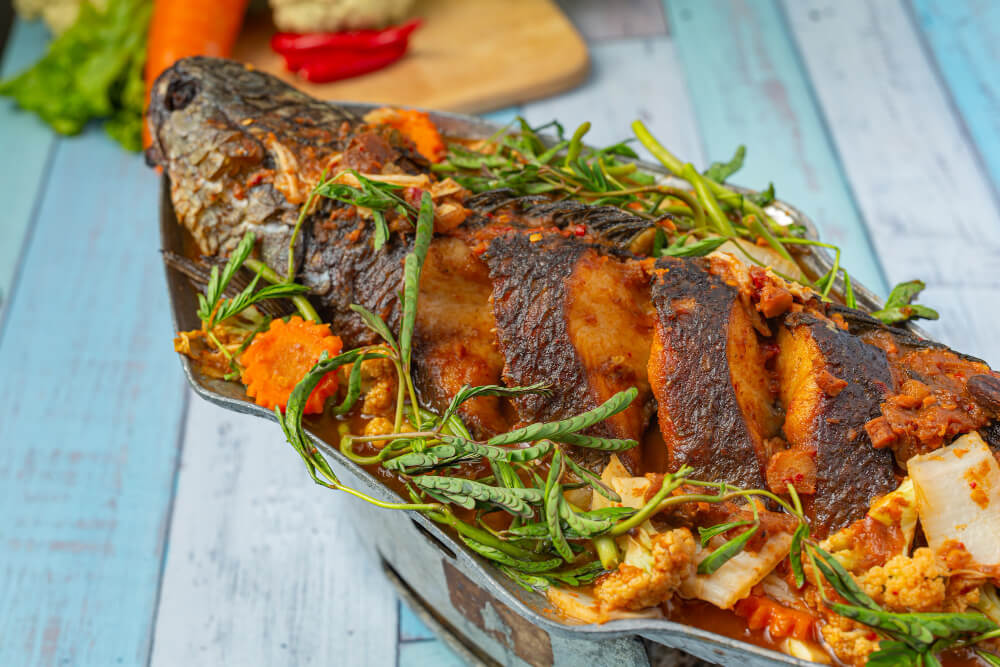
Cooking hot fish requires some essential steps that will help you preserve the texture and flavor of the fish while making sure it’s well-cooked. Here are the 3 steps to cooking hot fish:
Step 1: Choose the Right Fish
The first step in making the perfect hot fish is choosing the right type of fish. Depending on the cooking method, some fish hold up better than others.
- Firm fish: If you plan to grill or fry, opt for firmer fish like salmon, tuna, or swordfish. These fish are meaty and can withstand high heat without falling apart.
- Delicate fish: For steaming or baking, softer fish like tilapia, cod, or snapper work beautifully. They absorb flavors well and remain tender.
Pro Tip: When buying fish, always go for fresh, high-quality fish. The fresher the fish, the better it will taste.
Step 2: Seasoning for Hot Fish
Seasoning is key when preparing hot fish. This is where you can elevate the flavors and bring in the “hot” element, whether through spices or heat.
- Spices: Add spices like paprika, cayenne pepper, chili powder, or black pepper for heat. For a blend of flavors, you can mix these with garlic powder, cumin, and herbs like thyme or parsley.
- Marinade: A good marinade penetrates the fish and enhances the flavor. You can use a marinade of olive oil, lemon juice, garlic, and chili flakes. Let the fish sit in the marinade for at least 30 minutes before cooking to let the flavors soak in.
- Sauce: If you prefer to serve your hot fish with a sauce, consider options like spicy chili sauce, tangy lemon butter, or herb-infused oils to drizzle over the cooked fish.
Pro Tip: Don’t over-season or mask the natural flavor of the fish. The goal is to enhance it, not overpower it.
Step 3: Cook at the Right Temperature
Now that your fish is prepped and seasoned, it’s time to cook it. Depending on the method you choose, cooking hot fish involves maintaining a balance between heat and time.
Grilling Hot Fish
Grilling gives the fish a smoky, charred flavor that pairs perfectly with a spicy marinade.
- Preheat your grill to medium-high heat.
- Oil the grill grates to prevent sticking.
- Grill the fish for about 3-4 minutes per side, depending on the thickness of the fish. Fish should be opaque and flake easily with a fork.
Frying Hot Fish
Frying is a popular way to cook hot fish, especially if you want a crispy texture.
- Heat oil in a deep skillet to around 350°F (175°C).
- Dredge the fish in seasoned flour or batter, then fry until golden brown, which usually takes 3-5 minutes per side.
- Drain excess oil on paper towels before serving.
Steaming Hot Fish
Steaming is a healthy option that locks in the moisture and flavor of the fish.
- Prepare a steaming pot and bring water to a boil.
- Place the fish on a plate, season with salt, ginger, and chili, and steam for 8-10 minutes, depending on the size of the fish.
- Serve with a hot sauce or drizzle of spicy oil.
Baking Hot Fish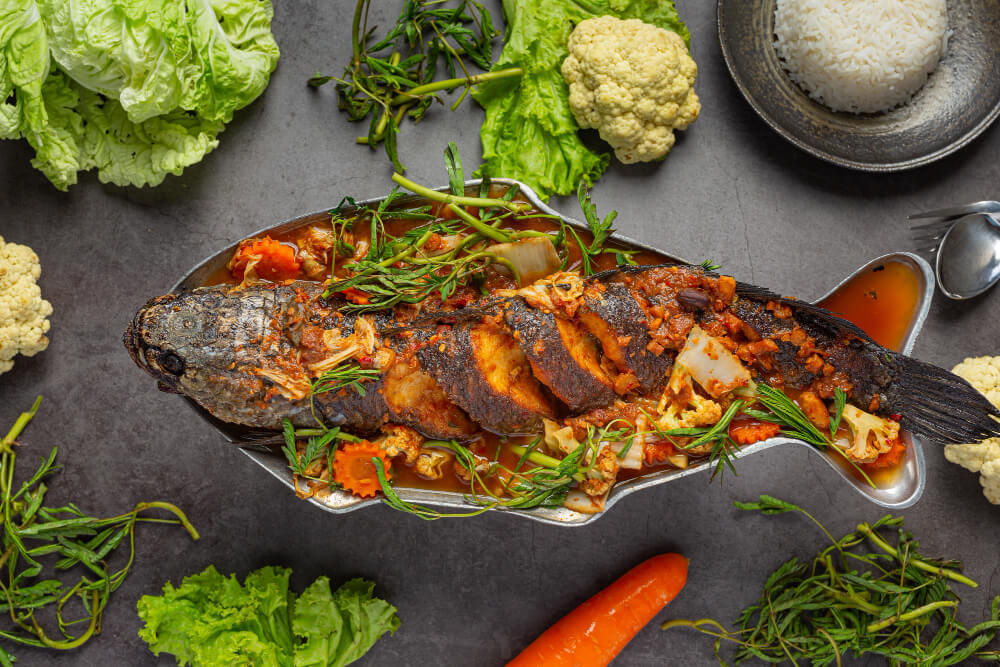
Baking allows for even cooking without too much attention required.
- Preheat the oven to 400°F (200°C).
- Place the fish in a baking dish with a drizzle of olive oil and bake for 12-15 minutes.
- For extra spice, sprinkle chili flakes or cayenne pepper before placing the fish in the oven.
“Spice Up Your Meal: Cook Fish Like a Pro!”
Comparison of Cooking Methods
Each method of cooking fish has its unique advantages. Here’s a quick comparison of the most popular methods:
| Cooking Method | Texture | Flavor | Cooking Time |
|---|---|---|---|
| Grilling | Firm, slightly charred | Smoky and rich | 6-8 minutes |
| Frying | Crispy outside, tender inside | Deep, spicy, crunchy | 6-10 minutes |
| Steaming | Moist, soft | Light preserves natural flavors | 8-10 minutes |
| Baking | Tender, flaky | Versatile with different marinades | 12-15 minutes |
How do I know if my fish is fully cooked?
Conclusion:
Cooking the perfect hot fish doesn’t have to be complicated. By following these 3 steps to cooking hot fish choosing the right fish, seasoning it properly, and cooking it at the right temperature you can create a mouthwatering dish that is packed with flavor. Whether you’re grilling, frying, steaming, or baking, the key is balancing heat and spices to enhance the natural taste of the fish.
FAQs
What is the best fish for grilling fish?
Firm fish like salmon, tuna, and swordfish are ideal for grilling because they hold their shape and texture well under high heat.
Can I cook fish without frying?
Absolutely! You can grill, steam, or bake fish with the same spicy seasonings to keep it healthy while still delivering bold flavors.
What seasoning is best for spicy fish?
Cayenne pepper, paprika, chili powder, and garlic are great for adding heat to fish. You can also use pre-made spice blends like Cajun or blackened seasoning.
Is fish always spicy?
Not necessarily. While “hot” often refers to the spice level, it can also refer to the temperature of the fish. You can enjoy fish with milder seasonings if you prefer.

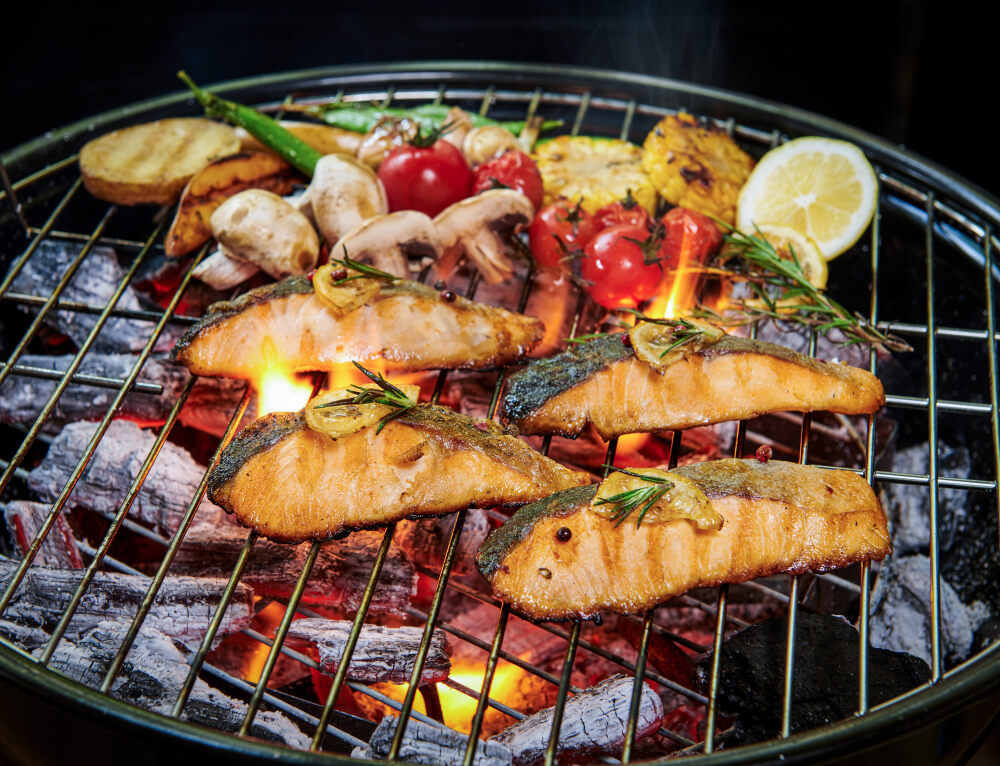
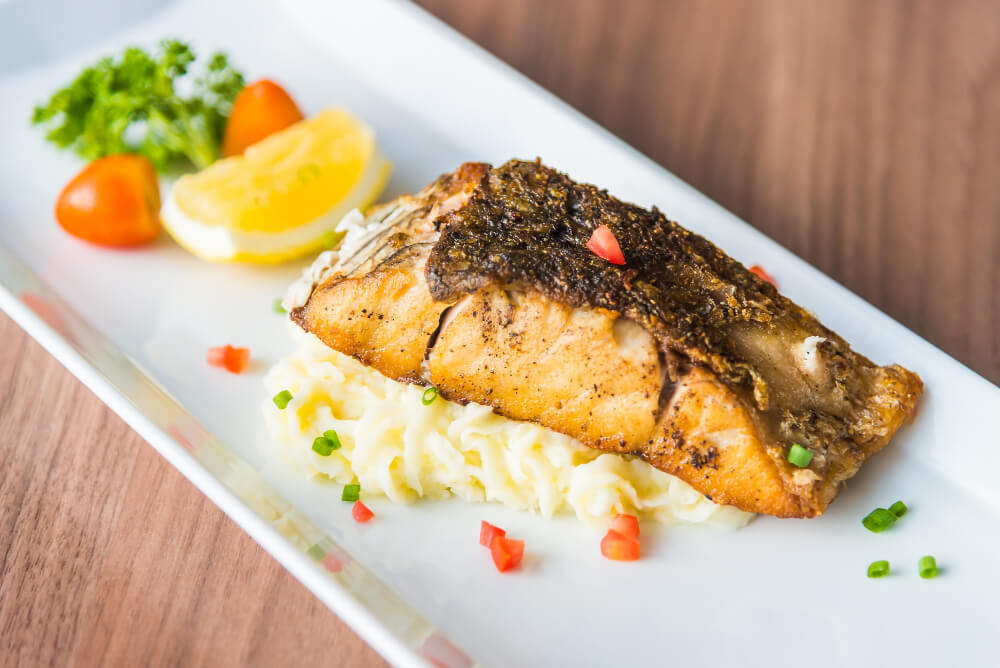
![Sourdough vs Whole Wheat]](https://readits.com/wp-content/uploads/2024/09/Sourdough-vs-Whole-Wheat.png)
